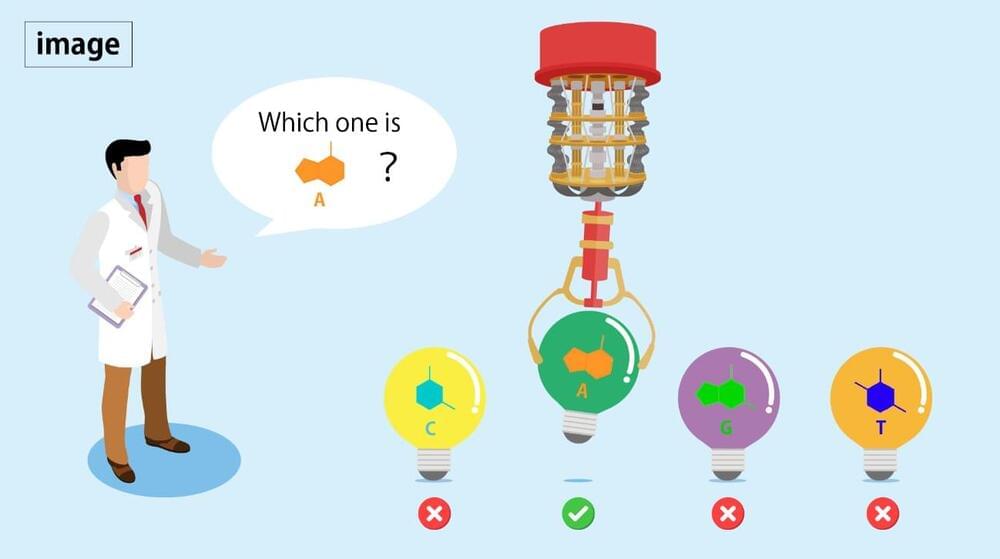Researchers from the United Kingdom hope that a new, publicly available database they have created will shrink, not grow, over time. That’s because it is a compendium of the thousands of understudied proteins encoded by genes in the human genome, whose existence is known but whose functions are mostly not.
The database, dubbed the “unknome,” is the work of Matthew Freeman of the Dunn School of Pathology, University of Oxford, England, and Sean Munro of MRC Laboratory of Molecular Biology in Cambridge, England, and colleagues, and is described in the open access journal PLOS Biology. Their own investigations of a subset of proteins in the database reveal that a majority contribute to important cellular functions, including development and resilience to stress.
The sequencing of the human genome has made it clear that it encodes thousands of likely protein sequences whose identities and functions are still unknown. There are multiple reasons for this, including the tendency to focus scarce research dollars on already-known targets, and the lack of tools, including antibodies, to interrogate cells about the function of these proteins. But the risks of ignoring these proteins are significant, the authors argue, since it is likely that some, perhaps many, play important roles in critical cell processes, and may both provide insight and targets for therapeutic intervention.







